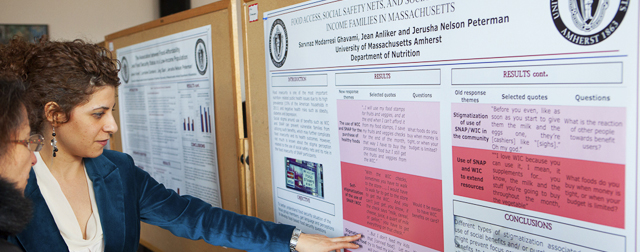Publication Date
2021
Journal or Book Title
APPLIED SCIENCES-BASEL
Abstract
Although ginsenosides Rb1 and Rg3 have been identified as the significant ginsenosides found in red ginseng that confer anti-diabetic actions, it is unclear whether insulin-sensitizing effects are mediated by the individual compounds or by their combination. To determine the effect of ginsenosides Rb1 and Rg3 on adipocyte differentiation, 3T3-L1 preadipocytes were induced to differentiate the standard hormonal inducers in the absence or presence of ginsenosides Rb1 or Rg3. Additionally, we determined the effects of Rb1, Rg3, or their combination on the expression of genes related to adipocyte differentiation, adipogenic transcription factors, and the insulin signaling pathway in 3T3-L1 cells using semi-quantitative RT-PCR. Rb1 significantly increased the expression of CEBP alpha, PPAR gamma, and aP2 mRNAs. However, Rg3 exerted its maximal stimulatory effect on these genes at 1 mu M concentration, while a high concentration (50 mu M) showed inhibitory effects. Similarly, treatment with Rb1 and Rg3 (1 mu M) increased the expression of IRS-1, Akt, PI3K, GLUT4, and adiponectin. Importantly, co-treatment of Rb1 and Rg3 (9:1) induced the maximal expression levels of these mRNAs. Our data indicate that the anti-diabetic activity of red ginseng is, in part, mediated by synergistic actions of Rb1 and Rg3, further supporting the significance of minor Rg3.
ORCID
Lee, Ok-Hwan/0000-0001-6855-3136; Choi, Sun-Il/0000-0001-7400-6286
DOI
https://doi.org/10.3390/app11041725
Volume
11
Issue
4
License
UMass Amherst Open Access Policy
Creative Commons License

This work is licensed under a Creative Commons Attribution 4.0 License.
Funder
Brain Pool program - Ministry of Science and ICT through the National Research Foundation of Korea [NRF-2019H1D3A2A01031987]; Gangneung Science & Industry Promotion Agency
Recommended Citation
Hong, Hee-Do; Choi, Sun-Il; Lee, Ok-Hwan; and Kim, Young-Cheul, "A Synergistic Anti-Diabetic Effect by Ginsenosides Rb1 and Rg3 through Adipogenic and Insulin Signaling Pathways in 3T3-L1 Cells" (2021). APPLIED SCIENCES-BASEL. 237.
https://doi.org/10.3390/app11041725
